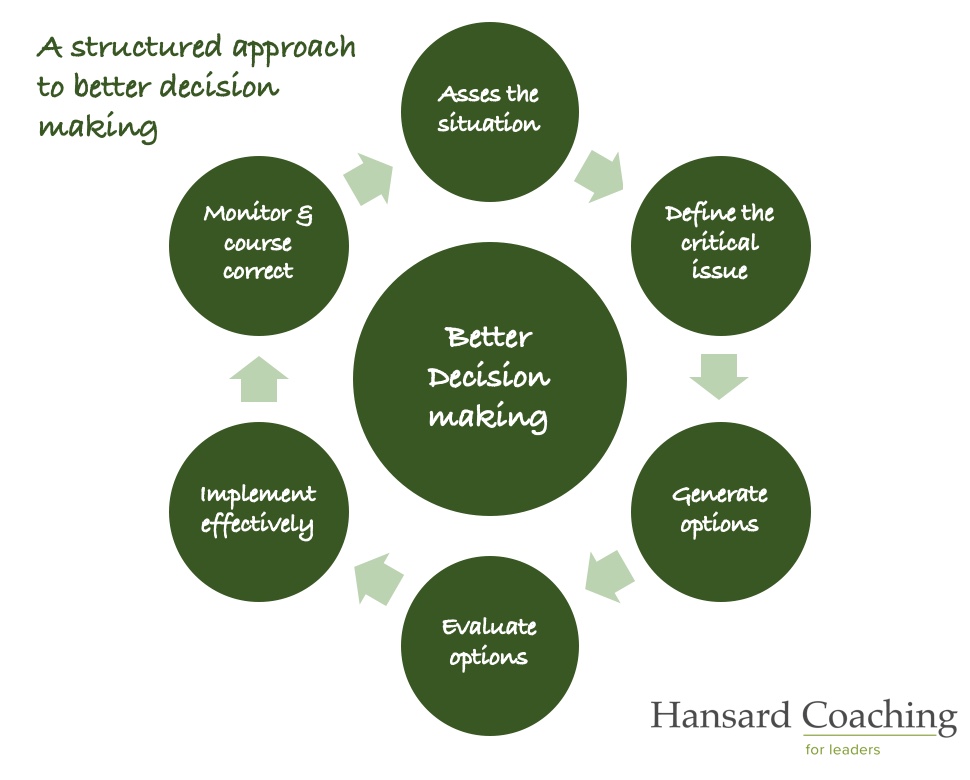
Decision-making is a vital part of personal and professional life, yet emotions often dominate the process. While intuition can play a role, overreliance on gut feelings can lead to hasty or misaligned choices. By adopting a more structured, analytical approach, you can make decisions with greater confidence and clarity. Here’s a six-step framework to guide the process.
1. Assess the situation: Start by understanding what you’re trying to achieve. Is this a one-off issue, or does it signal a deeper, recurring problem? Unique challenges require tailored solutions, while more common problems might benefit from established methods. Clarifying the scope and context will help you focus on the real problem instead of just addressing symptoms. The most self-aware leaders have a real advantage at this stage.
2. Define the critical issue: Effective decisions start with clear objectives. Analyse the available data to identify the core issue, but be cautious of conflicting priorities. When multiple objectives compete, it’s important to prioritise and focus on what matters most. When you have it, listen hard to any feedback. A clear understanding of the critical issue ensures you’re solving the right problem.
3. Generate options : Explore a range of possibilities by brainstorming with a colleague, mentor, or coach. Creativity and open-mindedness are key here—challenge your assumptions, consider unconventional ideas, and don’t dismiss options prematurely. A broader pool of ideas gives you more flexibility and increases the chances of finding an effective solution.

4. Evaluate your options: Once you have several options, evaluate them critically. Questions to consider include:
- What are the risks and obstacles?
- How practical is each option?
- How well does each align with your objectives and overall strategy and purpose?
- Can options be combined or refined?
- Can you keep alternative paths open?
Focus on the solution that best fits the context and long-term goals. Reverse engineering from the desired outcome can also help identify the most viable option.
5. Implement effectively: Execution is where plans meet reality. To set yourself up for success:
- Clearly define roles, responsibilities, and timelines.
- Communicate the plan effectively to everyone involved.
- Stay open to feedback and ensure team members are engaged.
A well-executed decision depends on clarity, communication, and commitment from all stakeholders.
6. Monitor and course-correct: Even the most carefully planned decisions need monitoring. Circumstances can change, and unforeseen challenges may arise. Track progress, assess outcomes, and be prepared to adapt. Sometimes, adjusting or even reversing course is necessary to achieve the desired result. Flexibility is not a weakness; it’s a strength that ensures you stay aligned with your goals.
Decision making doesn’t need to be overly complicated, but it does benefit from structure. By taking the time to assess the situation, define the issue, explore options, evaluate them critically, and implement with precision, you’ll make more thoughtful and effective choices. And by staying flexible, you’ll ensure your decisions remain relevant even as circumstances evolve. Focus on the big picture and keep moving forward.